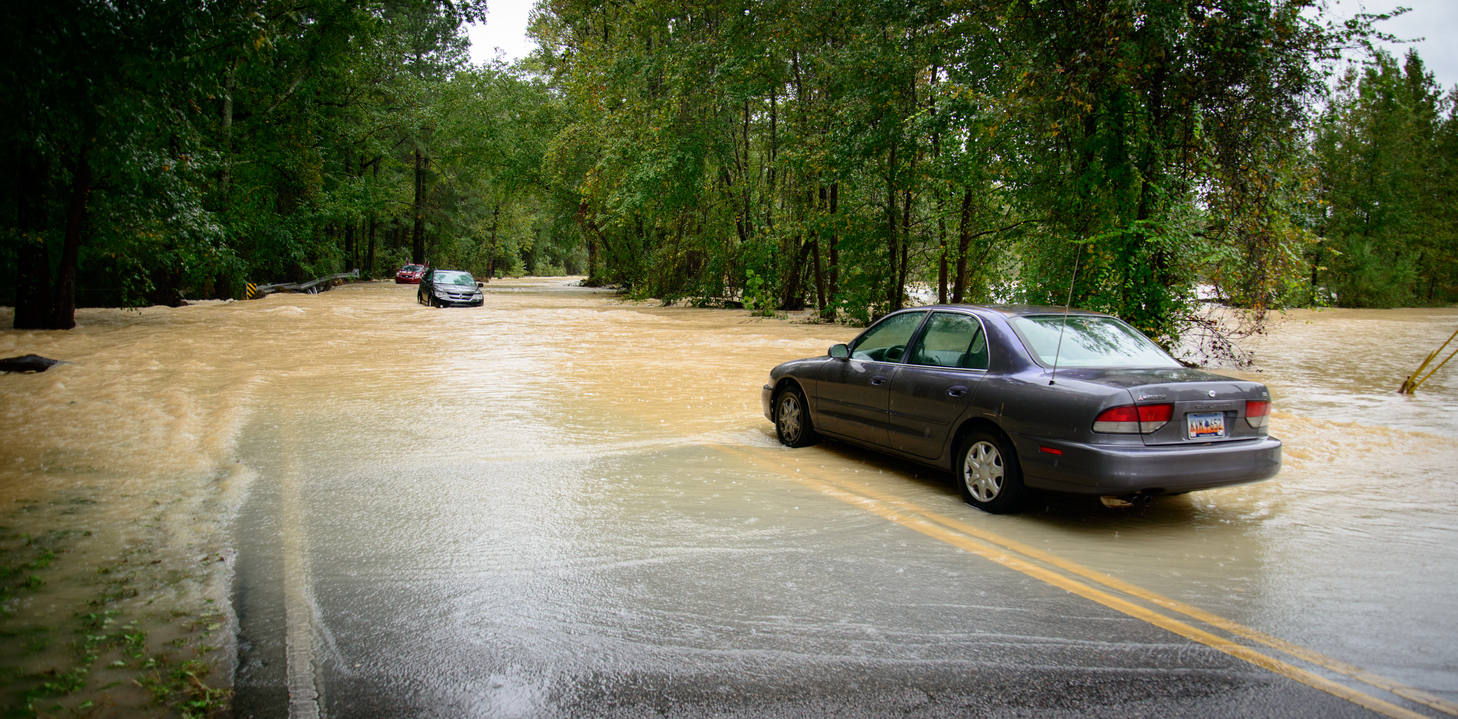The slow-moving storm dumped trillions of gallons of rain across the Carolinas, and the water continued to make its way down swollen rivers back to the ocean. Though North Carolina took the heaviest hit from the deadly storm, some of the most flooded rivers there drain through the northeastern part of South Carolina.
Many roads around the region remained closed Tuesday, and children stayed home as authorities prepared to use schools as shelters.
The Waccamaw River in Conway, S.C., a city of about 23,000 people, was projected to crest at a record level on Wednesday, according to the National Weather Service. The water levels were expected to top the peaks set by Hurricanes Matthew and Floyd by three to four feet, the weather service said.
Downstream in coastal Georgetown County, S.C., officials urged residents in vulnerable areas to evacuate while bracing for waters to crest on Thursday or Friday. This included areas along the Intracoastal Waterway, Waccamaw and Pee Dee rivers, and places that could become isolated by deteriorating road conditions, the county said.
“You need to prepare to leave if you live in these areas,” Georgetown County Administrator Sel Hemingway said during a news conference.
The storm has taken at least 46 lives in the Carolinas and Virginia, authorities said. North Carolina alone has seen 36 storm-related fatalities, according to a recent state tally.
In Conway, authorities posted a video on Facebook Tuesday from a boat ride down a swollen waterway that showed homes and parking lots swallowed by floodwaters.
The school district in Horry County, where Conway is located, said it needed to keep schools closed all week. In Georgetown County, schools were closed until further notice due to the impending flooding.
In North Carolina, authorities are assessing water conditions on the Cape Fear River after rising waters there submerged a coal-ash basin near a Duke Energy Corp. power plant.
Burning coal creates ash that can contain arsenic, selenium, lead and mercury. Duke said another waste product called cenospheres—lightweight, hollow beads of alumina and silica—did get into the river. A Duke spokeswoman said the company can’t rule out that a small amount of ash might have also gotten into the river but that water-quality tests the company commissioned show the flooding incident at the plant hasn’t harmed the river.
The state is waiting for results from its own water-quality tests.














